Sapa City Vietnam is famous for its fabulous landscapes, rich culture, and endless possibilities for adventure. The town among the foggy peaks, green rice terraces, and many ethnic minorities offers the real experience of natural and cultural beauty in Vietnam.
From an adventurous trek up towering Fansipan Mountain to a quiet retreat in a traditional homestay, or simply a need to escape to the cool climate of the highlands, Sapa, Vietnam has a little something for everyone. This guide will investigate the highlights of this magical region and give some helpful advice on how to make the most of your visit.
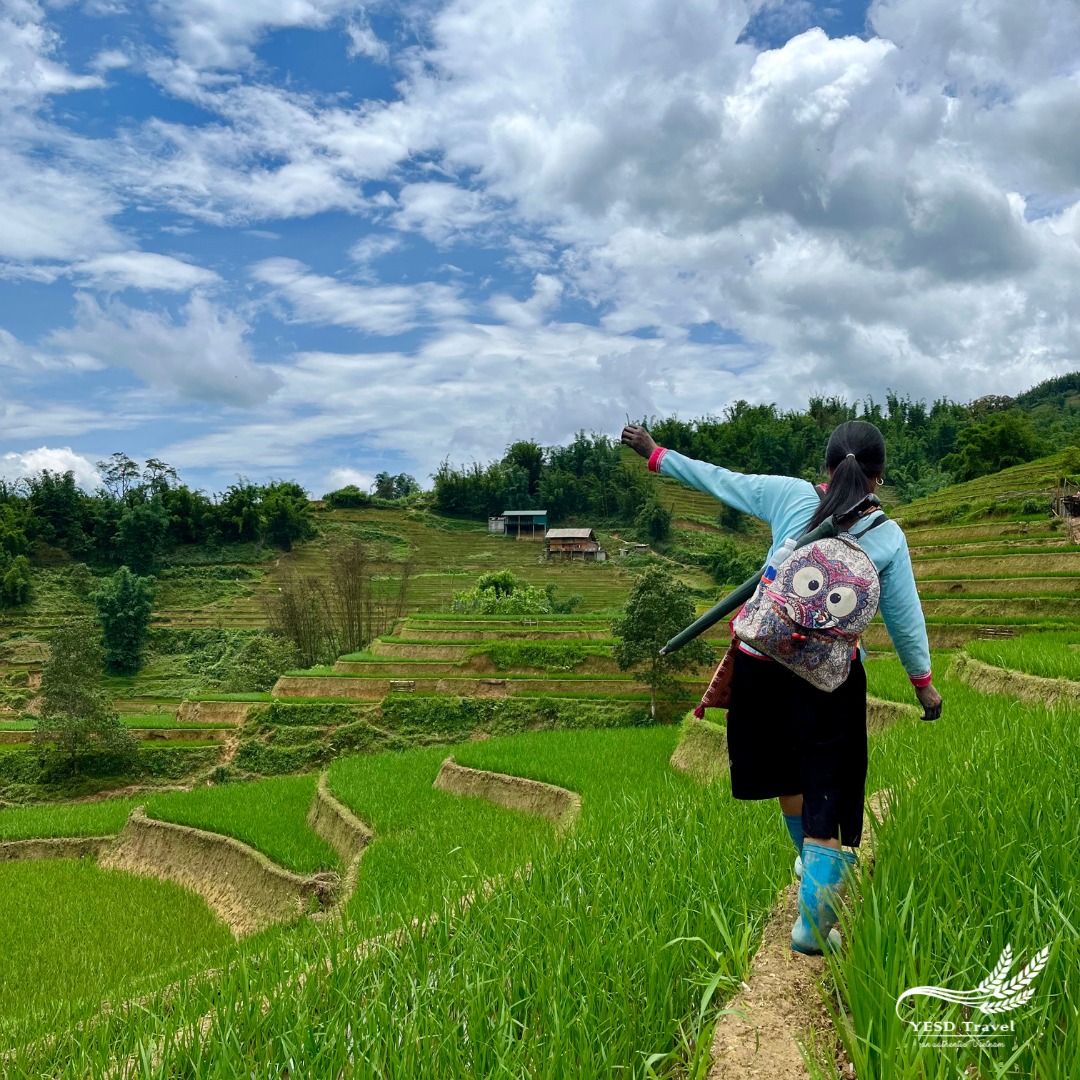
Rice field in Sapa
Introduction to Sapa City Vietnam
Sapa City is a small but bustling town in Lao Cai Province and is an entrance to the scenic and cultural treasures of this area. Sapa City Vietnam was built by the French as a hill station early in the 20th century retreat for French officials to cool off. Nowadays, it is one of the most popular tourist towns in Vietnam, with visitors from all over the world.
Sapa City Vietnam, commands a breathtaking landscape of cascading rice terraces, towering peaks, and traditional villages. Perched at 1,500 meters, the town offers stunning views across surrounding valleys and mountains and forms an excellent base to tour the area’s natural beauty and learn about the rich cultural traditions of the ethnic minorities that inhabit the region.
History and Development of Sapa City Vietnam
Touristic development in Sapa started in the early 20th century when the French colonists built houses and resorts in this area. It was not until the late 1990s that Sapa started to attract more tourists following the full opening of Vietnam to international tourism. Since then, tourism in Sapa City Vietnam has been growing rapidly, and infrastructure development is meeting the needs of both luxury tourists and low-budget travelers.
Although Sapa has become modernized, the cultural feel within this little town has been well maintained, and it will present a diversified combination of old and new.
The Natural Beauty of Sapa City Vietnam
Probably the most praiseworthy feature of Sapa is its marvelous landscape-from the spectacular rice terraces to the misty mountain tops, Sapa’s scenery is out of this world. It also boasts Fansipan, Indochina’s highest peak, otherwise referred to as “The Roof of Indochina”. A cable car ride to the top offers stunning views of the surrounding region.
Check out our blog on Best Things to Do in Sapa: What to See and Explore
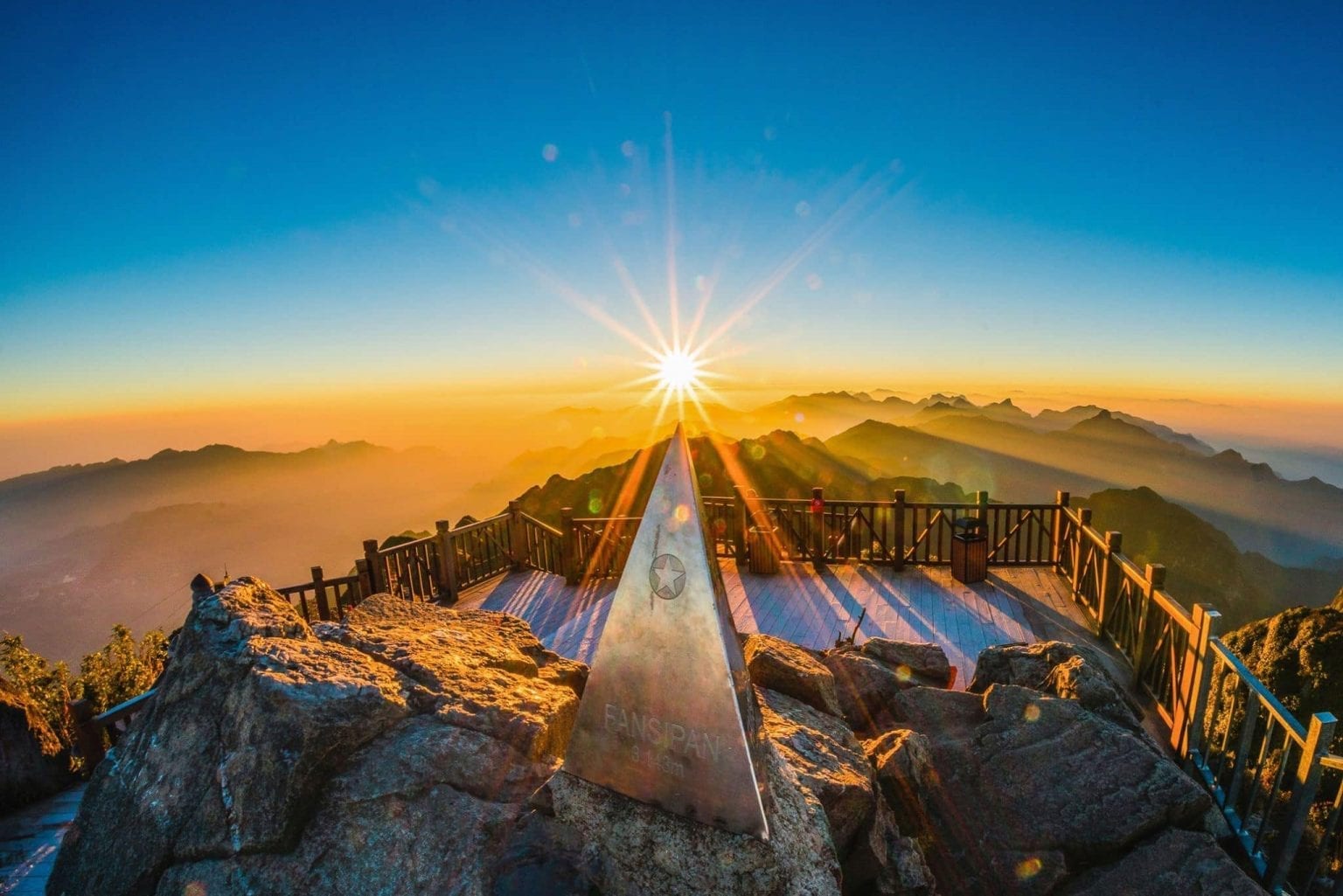
Fansipan
The ideal time to visit Sapa will depend on what you want to catch. For trekking and outdoor activities, come during springtime, between March and May, or in the autumn during the months from September to November. As for people who love seeing the rice terraces lushly green, they should come between June to August.
The People and Culture of Sapa City Vietnam
There are many ethnic minority groups in Sapa, including the Hmong, Dao, Tay, and Giay-all of them have their distinctive customs, languages, and traditional garments. The most intriguing thing on any tour to Sapa in Vietnam is the communication with such communities. Most villages, which include Cat Cat Village and Ta Phin Village, show visitors the life of the native villagers, including farming and crafts.
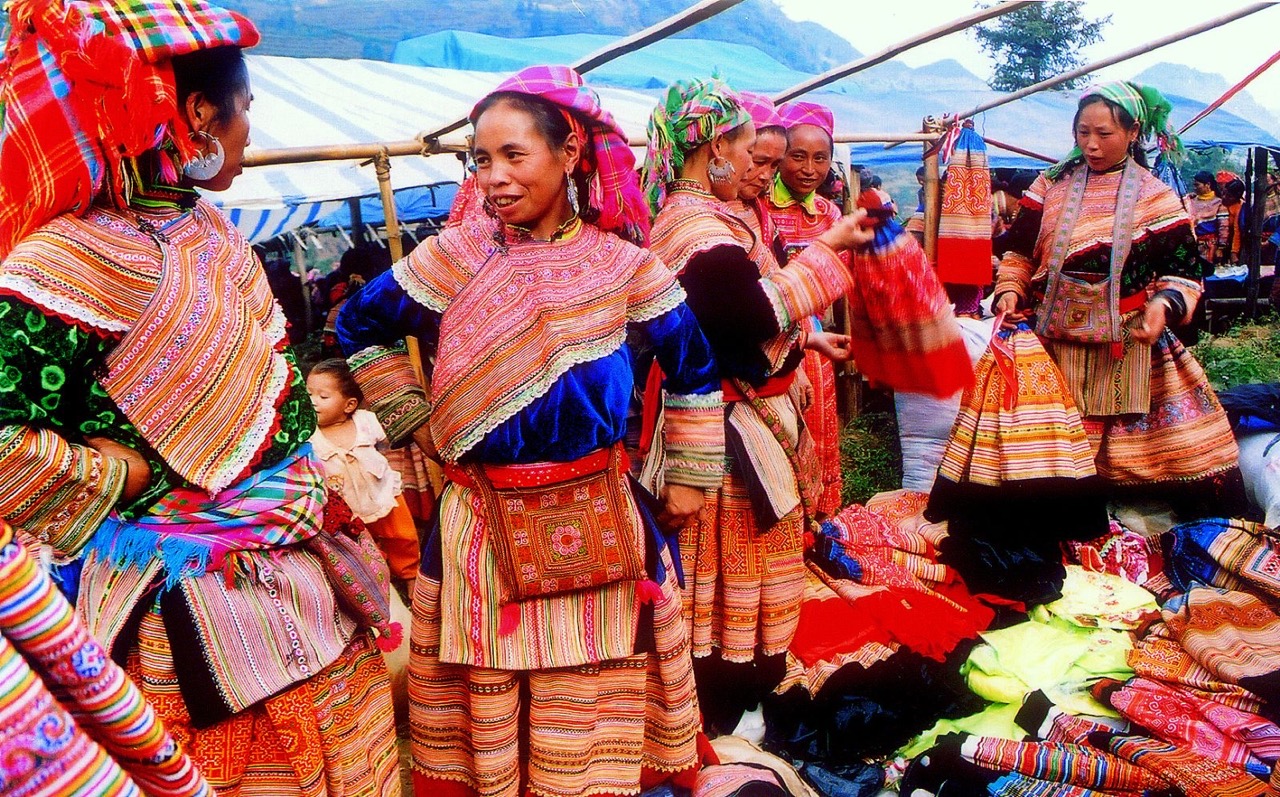
Ethnic people in Sapa
Locals are very hospitable, and homestays offer a real peep into the daily life of locals. One can join them for routine activities such as planting rice, weaving, or even having a meal with foodstuffs whose ingredients are native to the area.
Popular Attractions in Sapa City Vietnam
Sapa City and its surrounding areas are brimming with natural and cultural attractions. Some of the must-visit spots include:- Fansipan Mountain: The tallest peak in Vietnam, accessible by cable car or trekking.
- Cat Cat Village: A traditional Hmong village known for its charming scenery and cultural experiences.
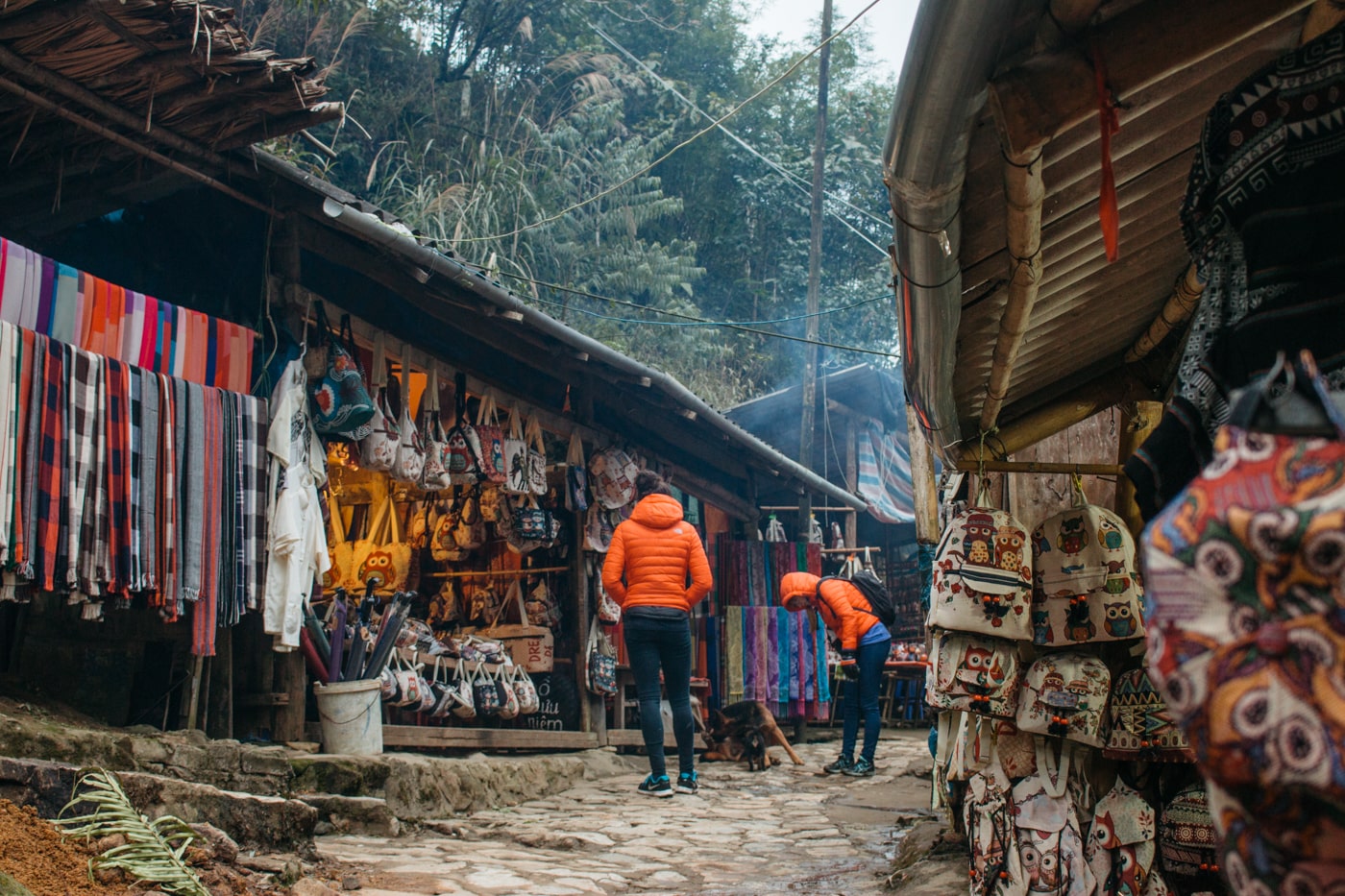
Cat Cat Village
- Ham Rong Mountain: Offering panoramic views of Sapa and its surroundings.
- Muong Hoa Valley: Famous for its terraced rice fields and trekking routes.
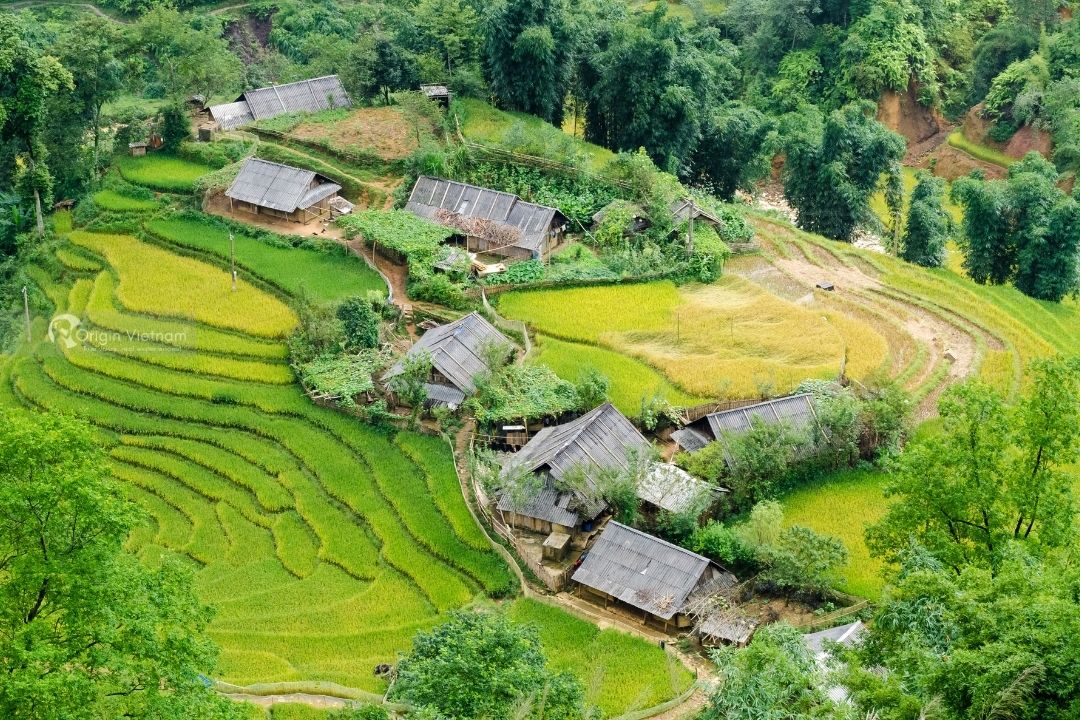
Muong Hoa Valley
Each of these attractions provides a unique insight into both the natural beauty and cultural richness of the region.Sapa City Vietnam: Unique Weather and Climate
Unlike much of Vietnam, which is tropical, Sapa City Vietnam has a decidedly more temperate climate because of the altitude. For that reason, it makes for a nice retreat for tourists who want to get away from the lowland heat. During the winter from December to February, temperatures in Sapa can go as low as near freezing and on very rare occasions, snow.
Planning of visits should be done by the visitors during those time periods when they like the weather conditions. The most popular times to visit include spring and autumn, as there are moderate temperatures with clear skies in general.
Tours to Sapa: What to Expect
The YESD Sapa on a Sunday is your special chance to immerse yourself in the local life, especially the famous Sunday Bac Ha Market. This tour will enable travelers to catch up and have an in-depth look at ethnic communities residing within and around Sapa City Vietnam.
This full-day tour takes you to Bac Ha Market, which is considered one of the largest and most color-touched markets in this area. You will see local Hmong people who come to sell their handicraft products, along with fresh produce and livestock in their traditional clothes. A very vibrant cultural hub, get a glimpse into the natural, everyday life of ethnic minorities.
Bac Ha Market Exploration: Anything from handmade textiles to local delicacies is sold at any one of the many stalls. A riot of colors, sounds, and smells immediately engulfs one upon arrival.
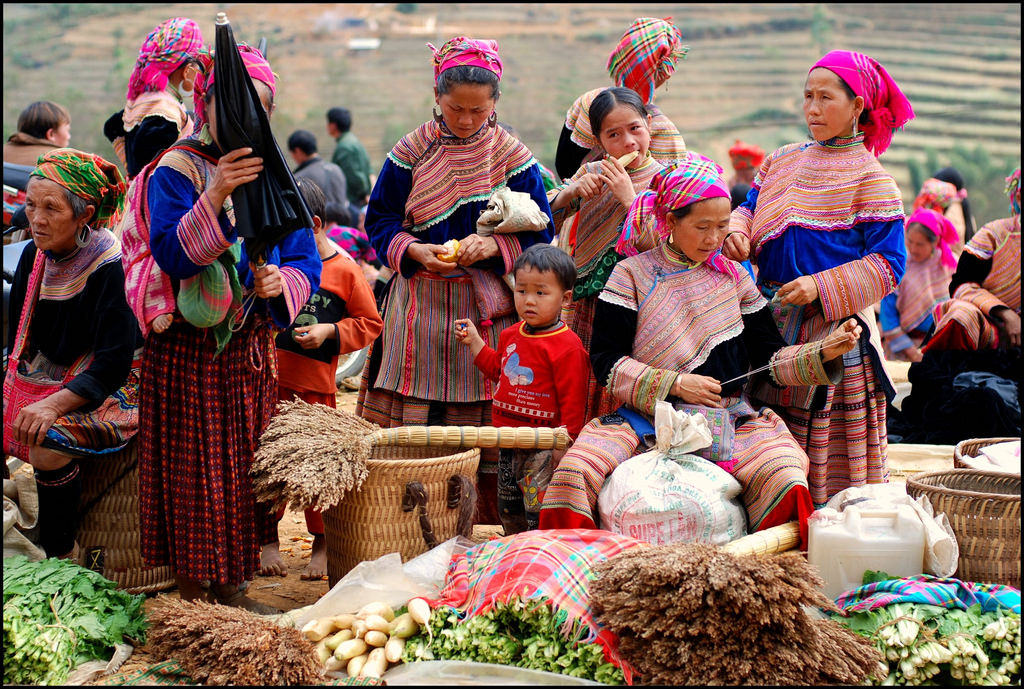
Bac Ha Market
Ethnic Villages Trek: After the market visit, the tour will head into the adjacent villages by means of a trek that affords breathtaking views of the terraced fields, bringing the visitor closer to rural life.
The tour is full of interaction with local villagers, understanding their culture, and sharing a meal in the most traditional way possible.
YESD is a social enterprise that strives to promote responsible tourism by providing real cultural exposure. This tour supports you in helping the local communities; therefore, YESD transfers a portion of the money received to ethnic minorities in Sapa City Vietnam to conserve their traditional way of life. The full-day Sunday tour in Sapa is specifically designed for tourists who combine sightseeing with culturally deeper interaction, thus having a really memorable Sapa experience.
Conclusion
Sapa City Vietnam, is a captivating destination that offers a perfect blend of natural beauty, cultural richness, and adventure. From the towering peaks of Fansipan to the peaceful rice terraces and vibrant local villages, Sapa City Vietnam Vietnam is a must-visit for anyone seeking an authentic and unforgettable experience. Whether you’re trekking the hills or exploring local markets, Sapa promises memories that will last a lifetime.Ready to explore Sapa’s magic? Book your tour today and discover the heart of northern Vietnam!
